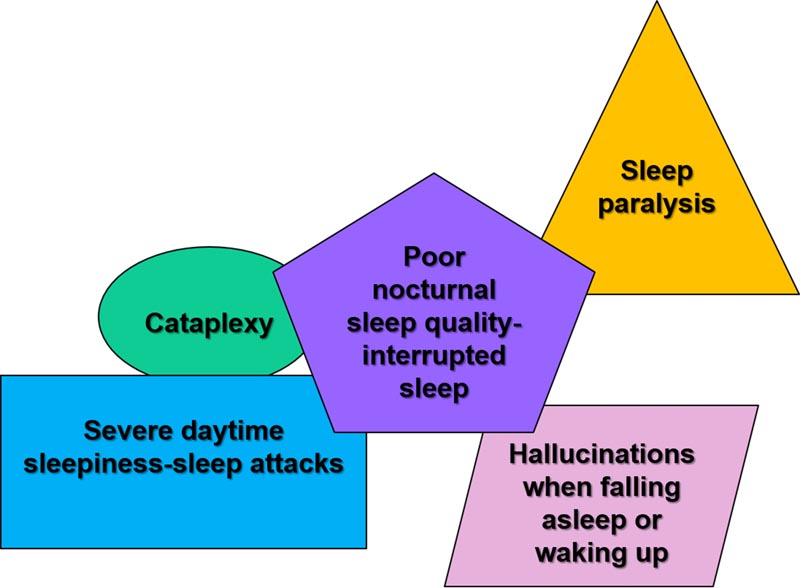

Neurological subjects had generally normal levels (n = 194). Healthy controls and subjects with other sleep disorders all had normal levels. Ten subjects with hypersomnia had intermediate levels, 7 with narcolepsy (often HLA negative, of secondary nature, and/or with atypical cataplexy or no cataplexy), and 1 with periodic hypersomnia. Rare subjects without cataplexy, DQB1*0602, and/or with secondary narcolepsy had low levels. These patients did not always have abnormal MSLT. Most subjects with low levels were HLA-DQB1*0602–positive narcolepsy-cataplexy patients. Values above 200 pg/mL were considered normal. Hypocretin-1 levels below 110 pg/mL were diagnostic for narcolepsy. Results HLA-DQB1*0602 frequency was increased in narcolepsy with typical cataplexy (93% vs 17% in controls), narcolepsy without cataplexy (56%), and in essential hypersomnia (52%). Main Outcome Measures Diagnostic threshold for CSF hypocretin-1, HLA-DQB1*0602 positivity, and clinical and polysomnographic features. Intervention Venopuncture for HLA typing, lumbar puncture for CSF analysis, primary diagnosis using the International Classification of Sleep Disorders, Stanford Sleep Inventory for evaluation of narcolepsy, and sleep recording studies. The subject group also included 296 controls (healthy and with neurological disorders). Participants There were 274 patients with narcolepsy hypersomnia obstructive sleep apnea restless legs syndrome insomnia and atypical hypersomnia cases such as familial cases, narcolepsy without cataplexy or without HLA-DQB1*0602, recurrent hypersomnias, and symptomatic cases (eg, Parkinson disease, depression, Prader-Willi syndrome, Niemann-Pick disease type C). Setting Sleep disorder and neurology clinics in the United States and Europe, with biological testing performed at Stanford University, Stanford, Calif. Clinical and demographic features were compared in narcoleptic subjects with and without low CSF hypocretin-1 levels. Signal detection analysis was used to determine the CSF hypocretin-1 levels best predictive for International Classification of Sleep Disorders (ICSD)–defined narcolepsy (blinded criterion standard).
NARCOLEPSY WITHOUT CATAPLEXY SERIES
Objectives To delineate the spectrum of the hypocretin deficiency syndrome and to establish CSF hypocretin-1 measurements as a diagnostic tool for narcolepsy.ĭesign Diagnosis, HLA-DQ, clinical data, the multiple sleep latency test (MSLT), and CSF hypocretin-1 were studied in a case series of patients with sleep disorders from 1999 to 2002.
Scientific Discovery and the Future of Medicine.

Health Care Economics, Insurance, Payment.Clinical Implications of Basic Neuroscience.Challenges in Clinical Electrocardiography.


 0 kommentar(er)
0 kommentar(er)
